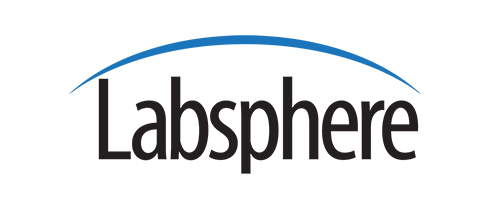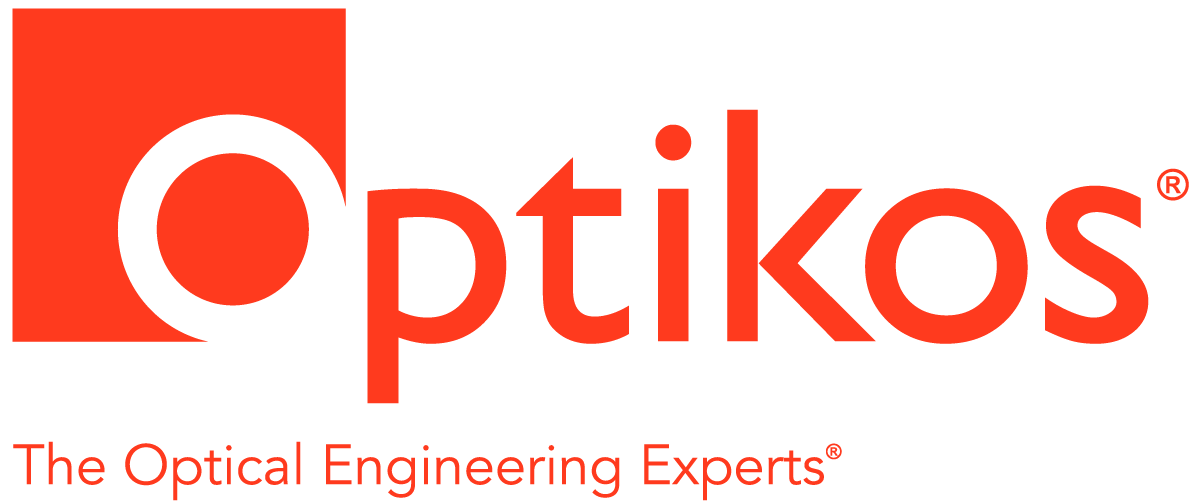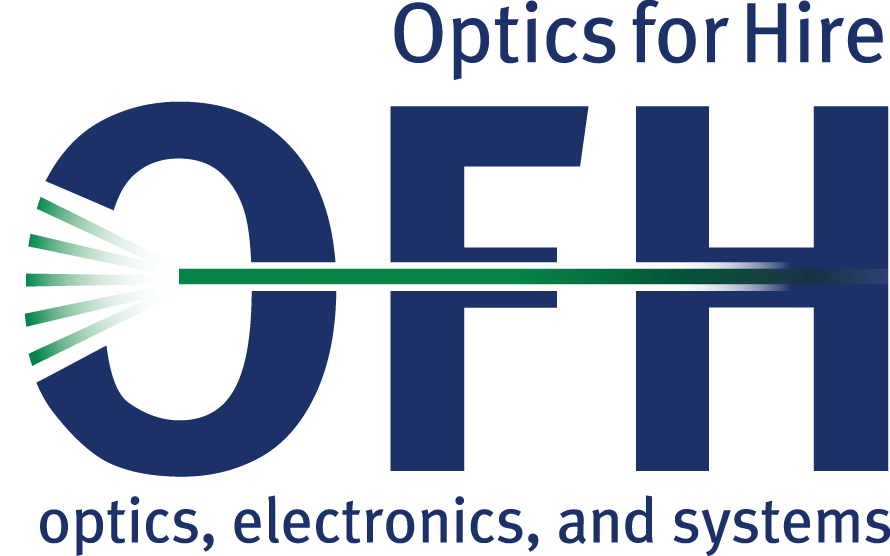Seeing the LITE
Hands-on, inquiry-based, constructivist activity offers students a powerful way to explore, uncover and ultimately gain a feel for the nature of science. In order to make practicable a more genuine approach to learning the light and optics aspects of astronomy, we have undertaken the development of hands-on (and eyes-on) materials that can be used in introductory undergraduate astronomy courses. Over the past several years as part of Project LITE (Light Inquiry Through Experiments), we have developed a kit of optical materials that is integrated with a set of Java applets. The combined kit and software allows students to do actual experiments concerning geometrical optics, fluorescence, phosphorescence, polarization and other topics by making use of the photons that are emitted by their computer screens. We have also developed a suite of over 250 Flash and JAVA applets that allow students to directly explore many aspects of visual perception. A major effort of the project concerns spectroscopy, since it is arguably the most important tool used by astronomers to disentangle the nature of the universe. It is also one of the most challenging subjects to teach in undergraduate astronomy courses. The spectroscopy component of Project LITE includes take-home laboratory materials and experiments that are integrated with web-based software. We have also developed a novel quantitative handheld binocular spectrometer (patent just issued). Our major spectroscopic software is called the Spectrum Explorer (SPEX). It allows students to create, manipulate and explore all types of spectra including blackbody, power law, emission and absorption. We are now extending the SPEX capabilities to help students gain easy access to the astronomical spectra included in the NVO databases. In this presentation, we will show some (but not all!!!) of the outcomes of the project. All of the Project LITE software posted to date can be found at http://lite.bu.edu. Project LITE is supported by Grant #DUE-0125992 from the NSF Division of Undergraduate Education.
Kenneth Brecher
Kenneth Brecher is Professor of astronomy and Physics and Director of the Science and Mathematics Education Center at Boston University. He received his BS and PhD degrees, both in physics, from M.I.T., where he was also a faculty member from 1972 – 1979. He has held fellowships from the Guggenheim, Kellogg and Osher Foundations. His main professional areas of research have been high-energy astrophysics, relativity and cosmology. He has also contributed to the history of astronomy, archaeoastronomy and what he calls “archaeoastrophysics” - a widely ignored term referring to the use of ancient astronomical records applicable to modern astrophysical research. During the past 35 years, he has published over 200 papers and two books about astronomy and astrophysics. He has also developed a variety of curriculum materials, software and hands-on experimental experiences for undergraduates. He was recently awarded his first patent for the invention of a handheld binocular spectrometer.




